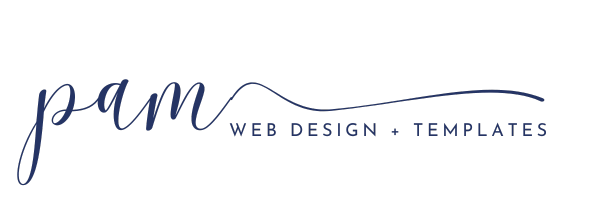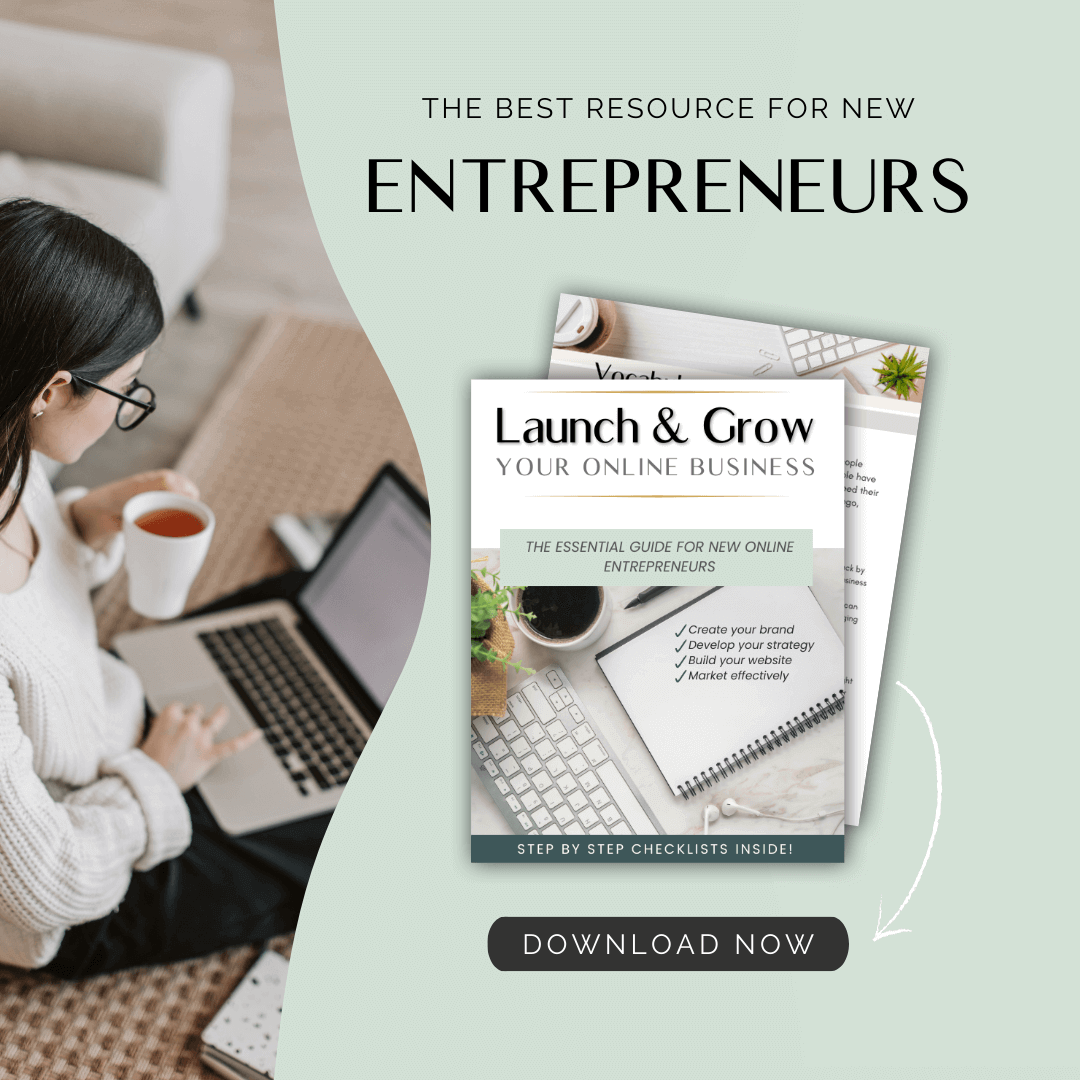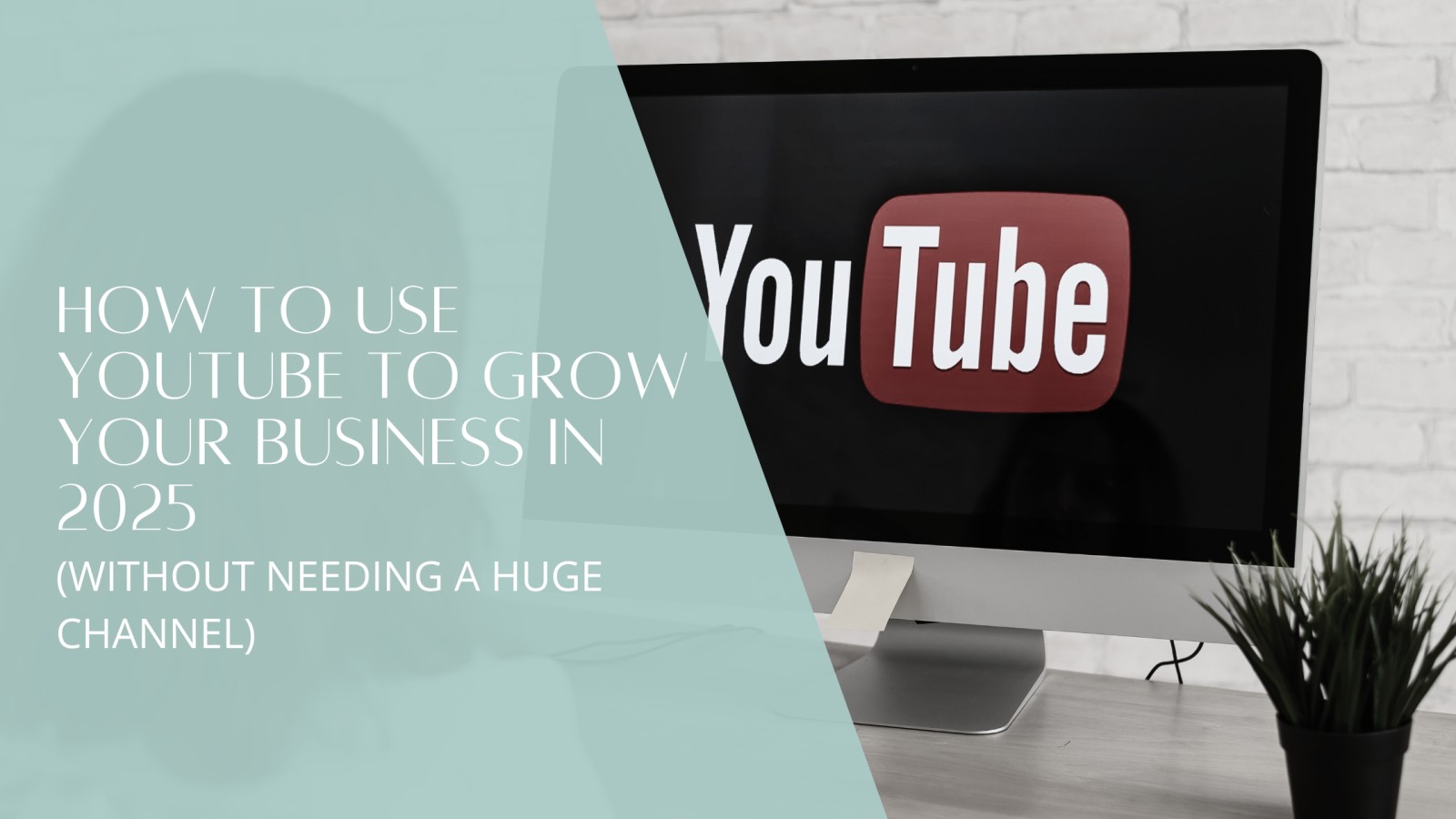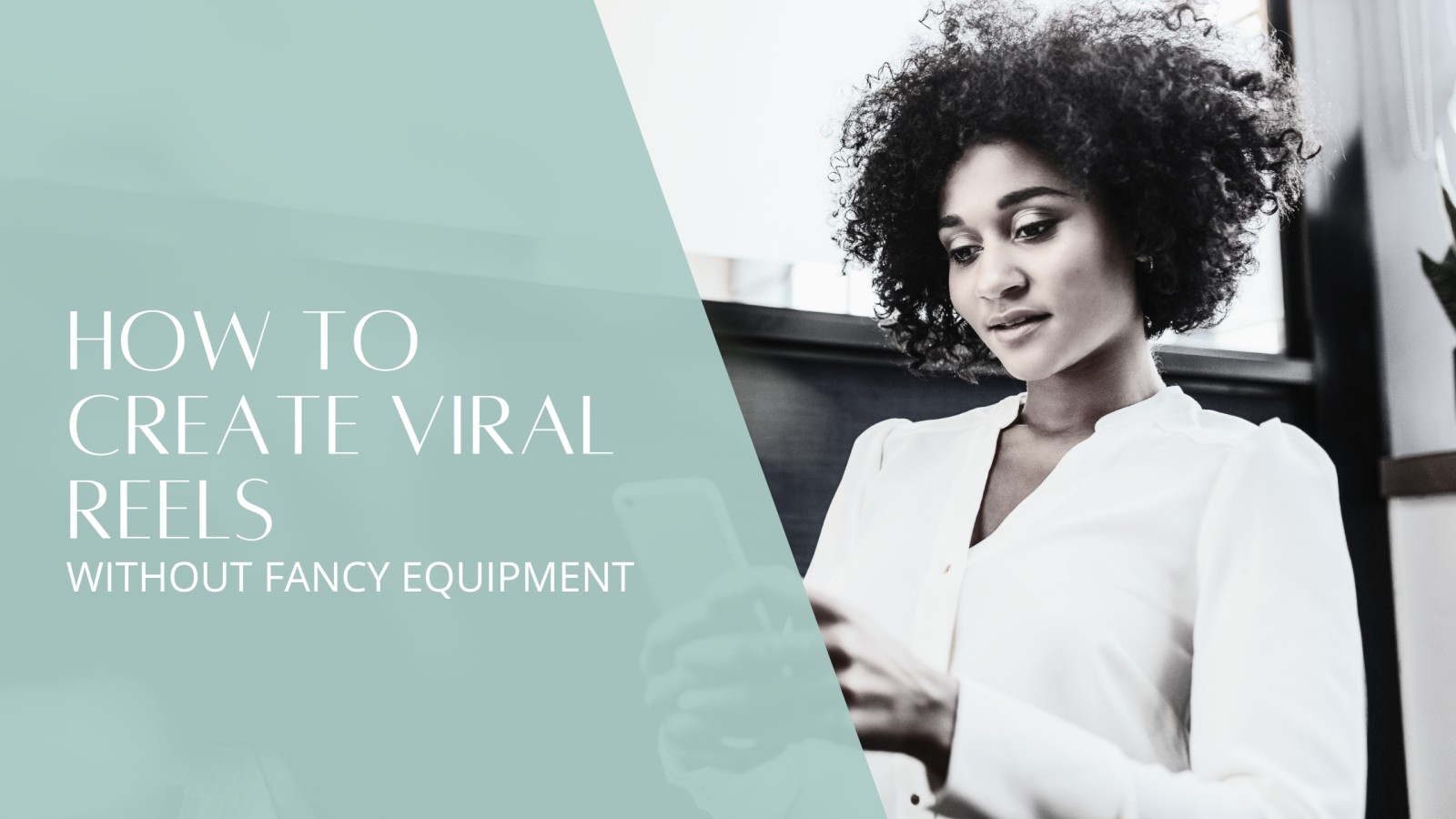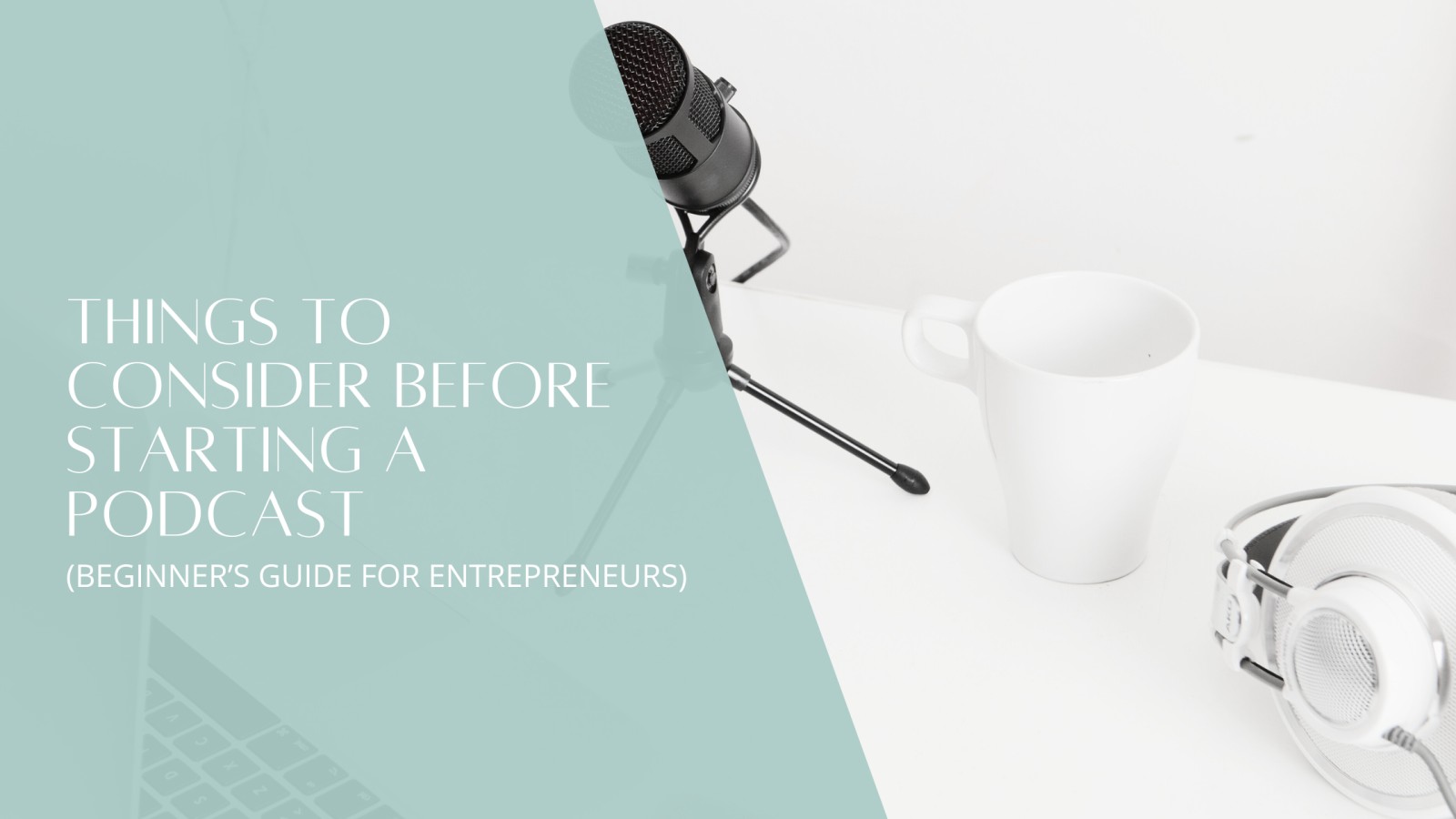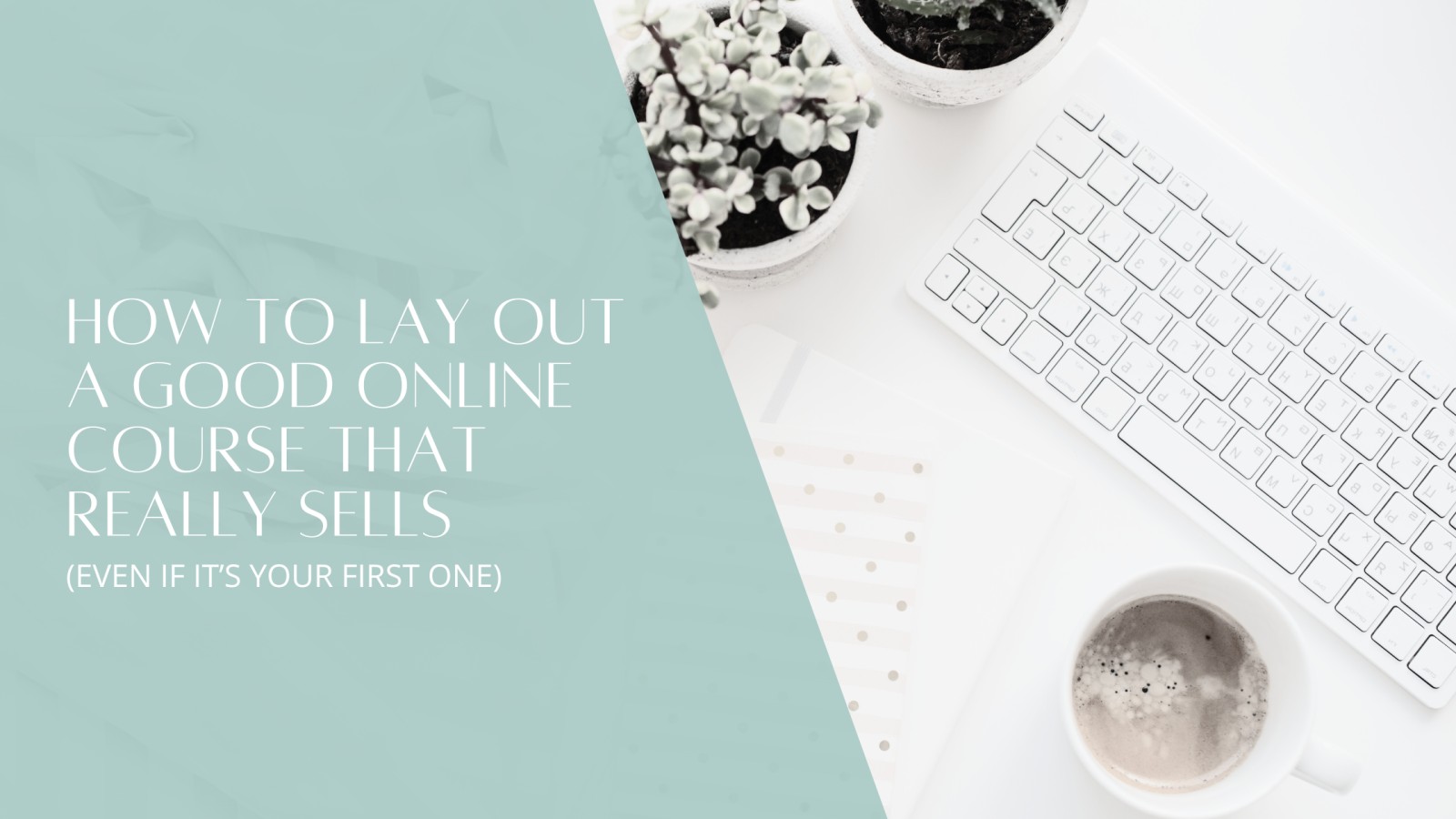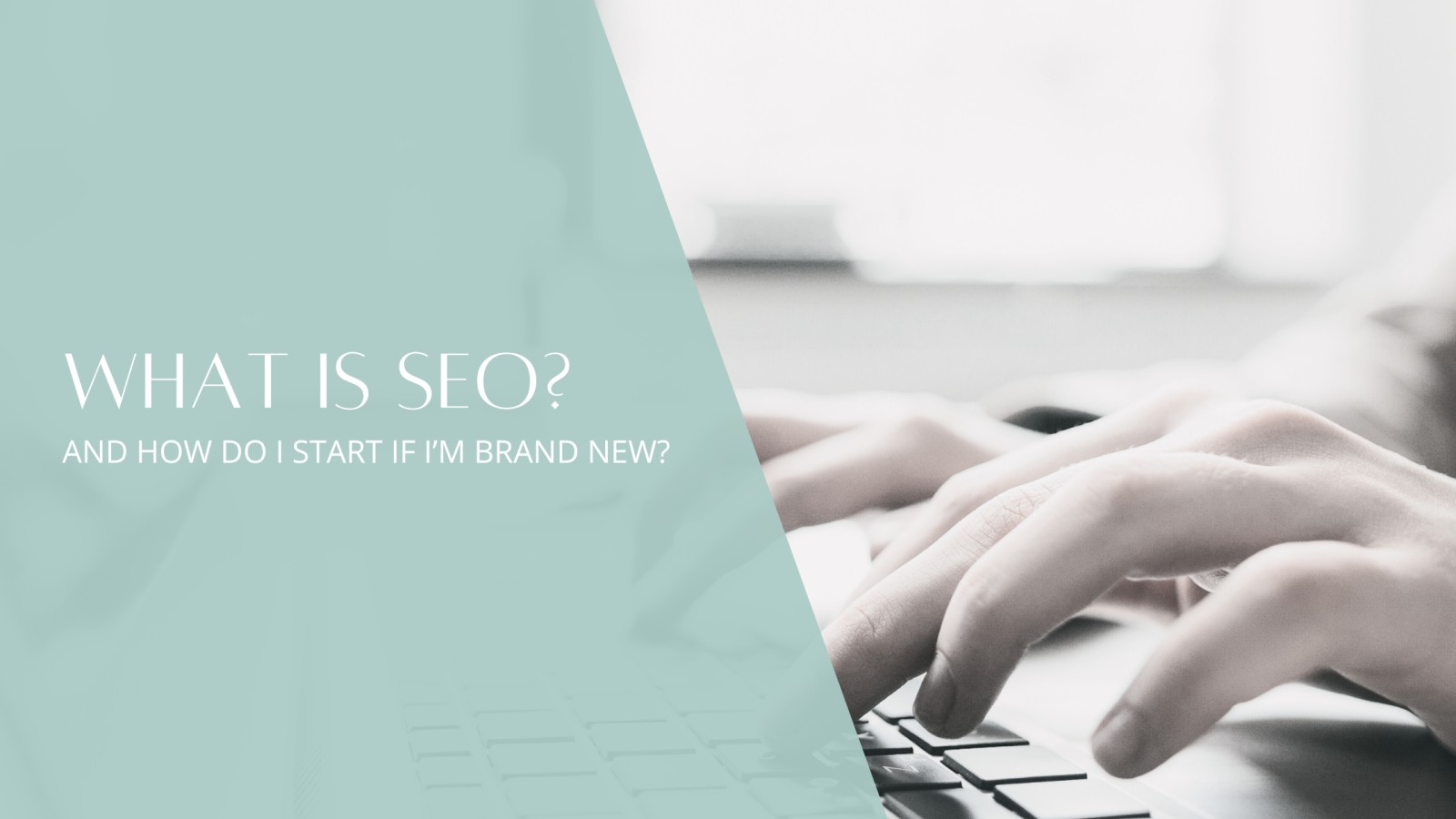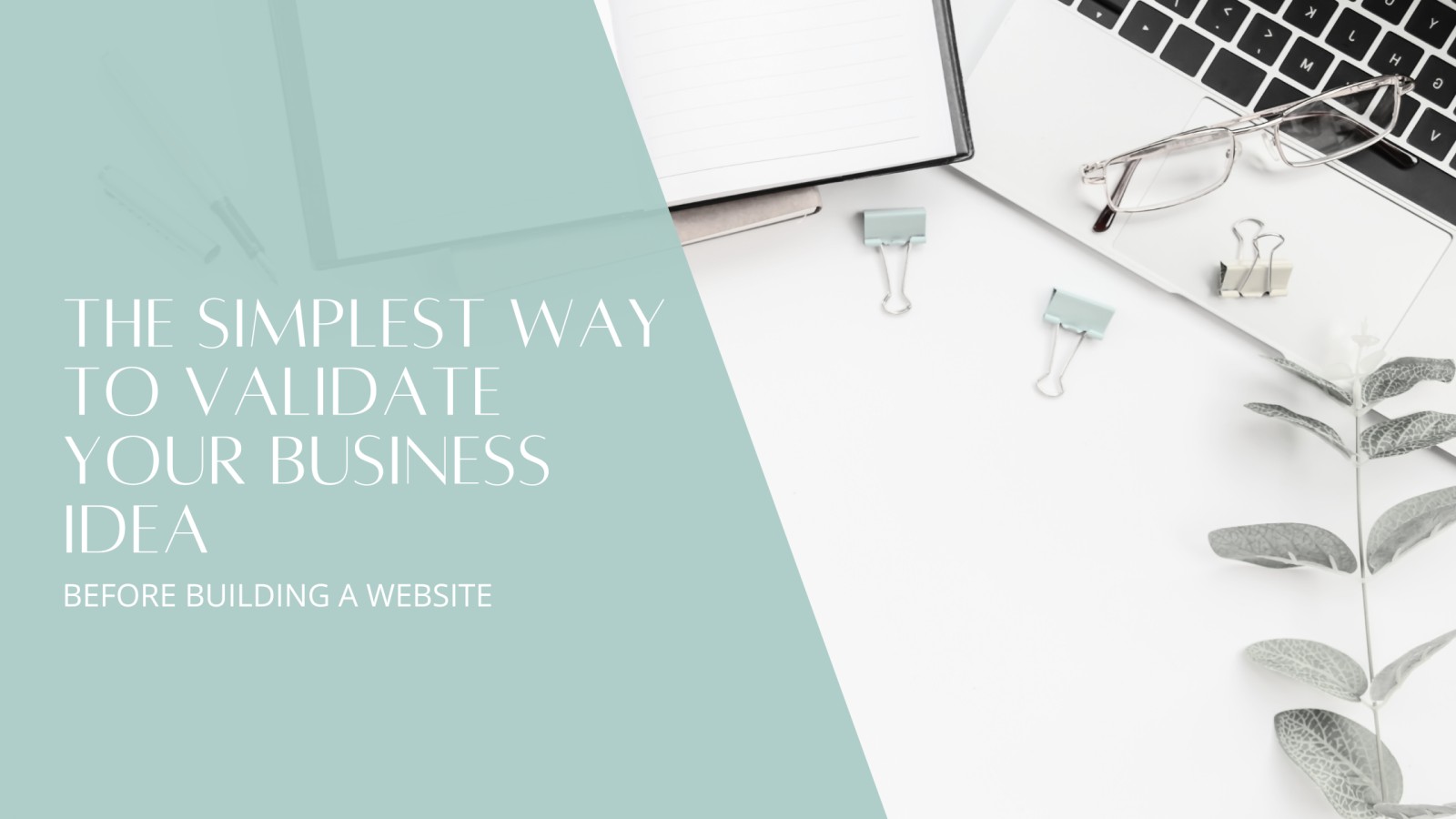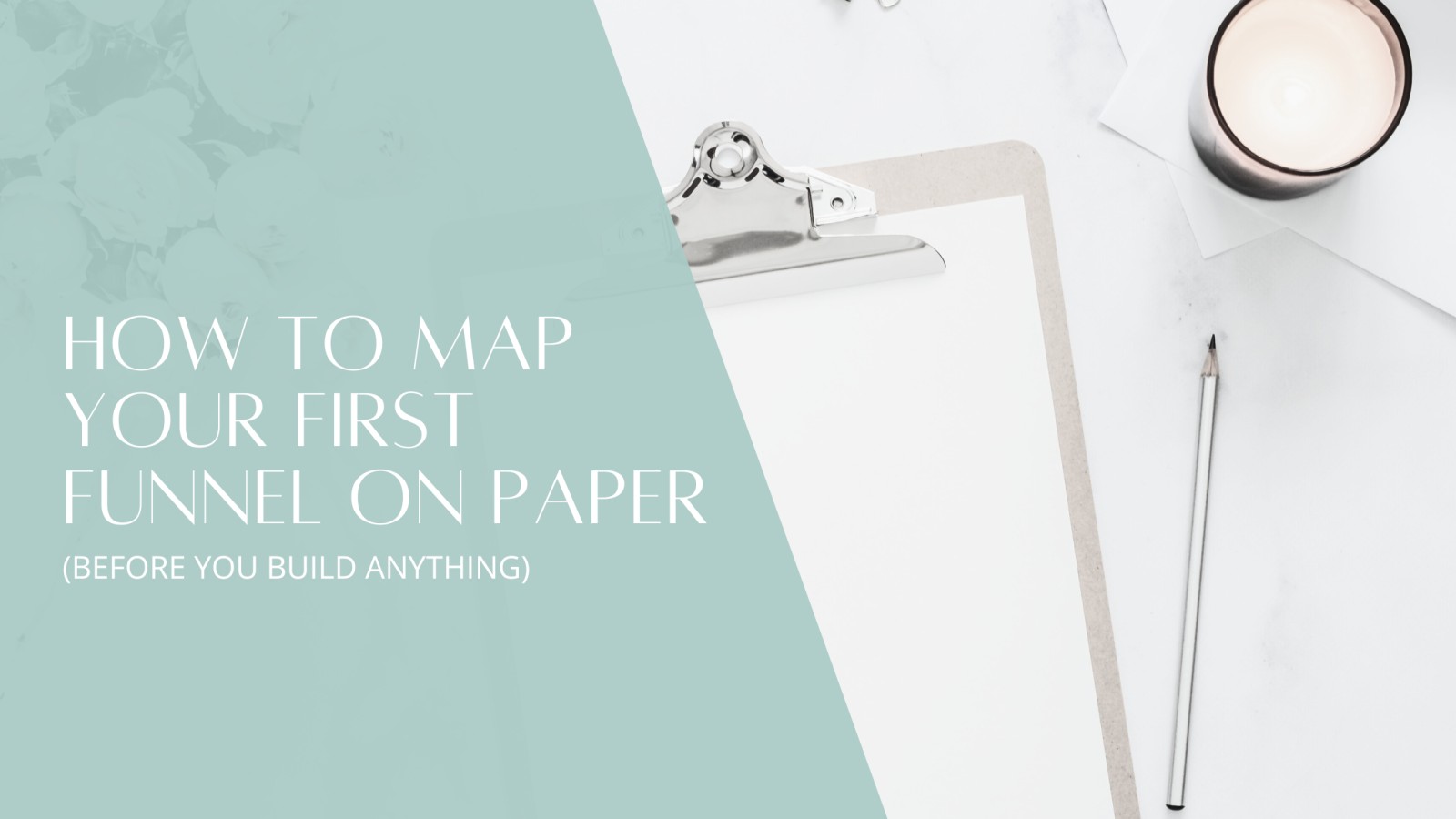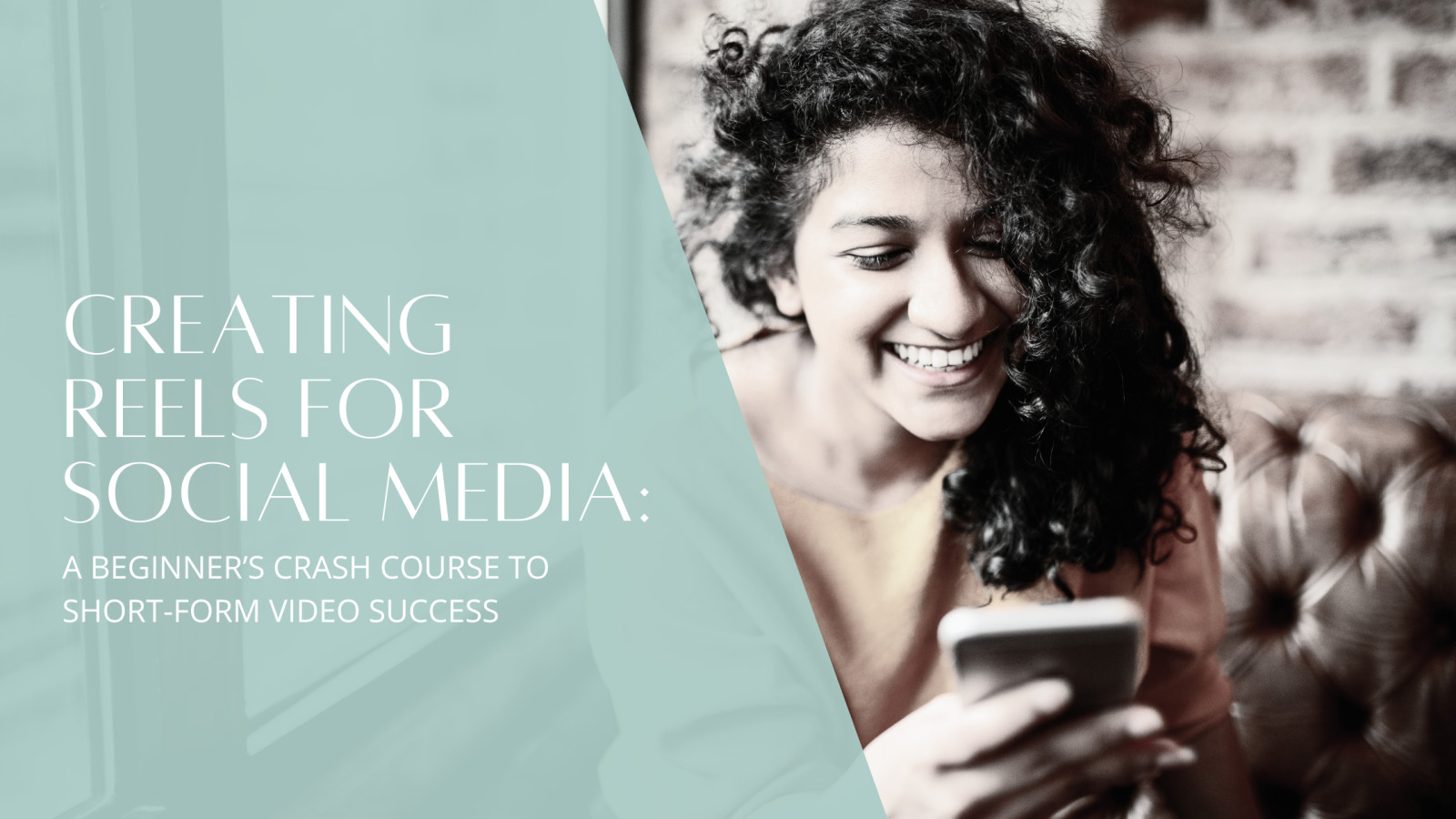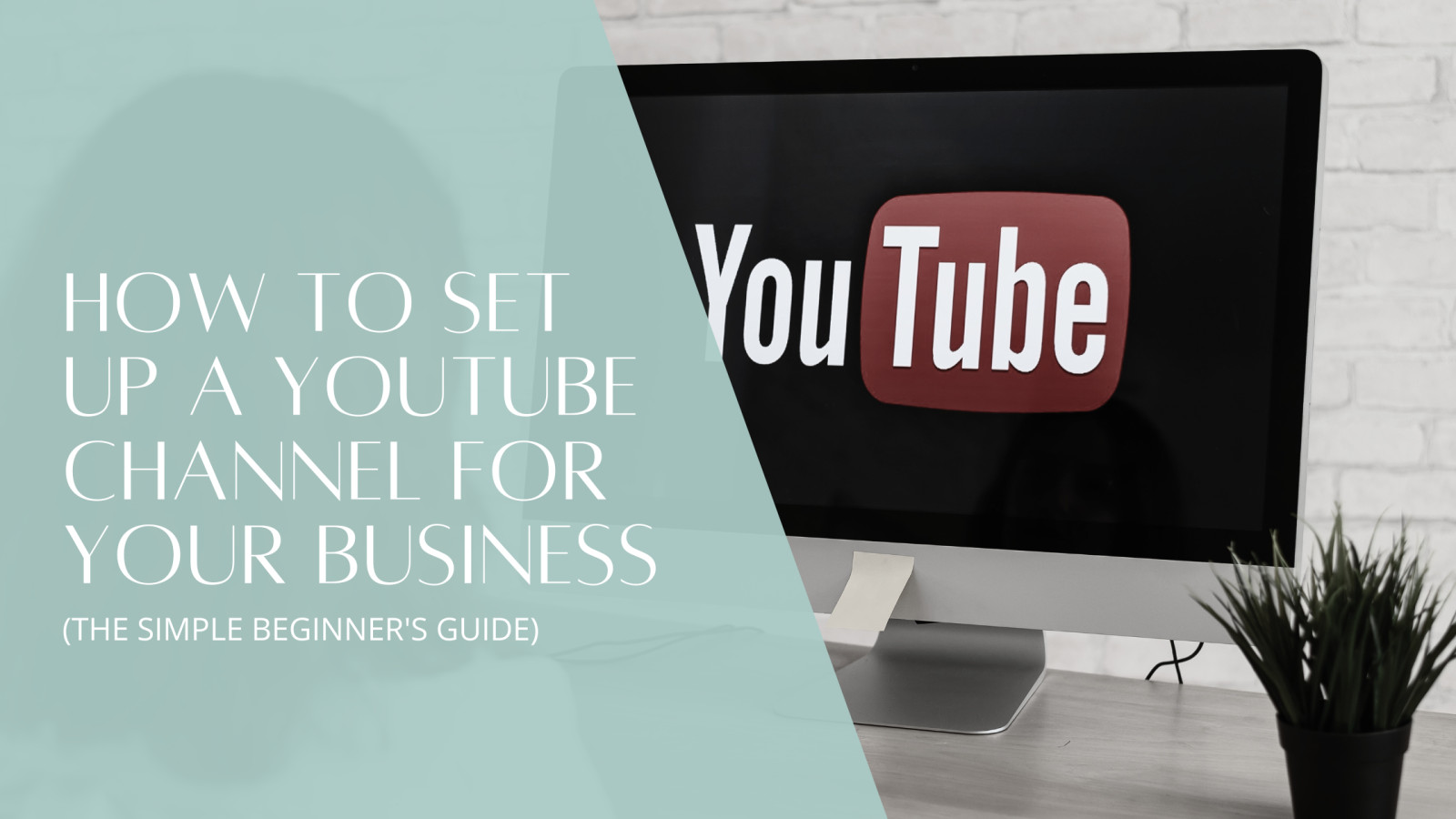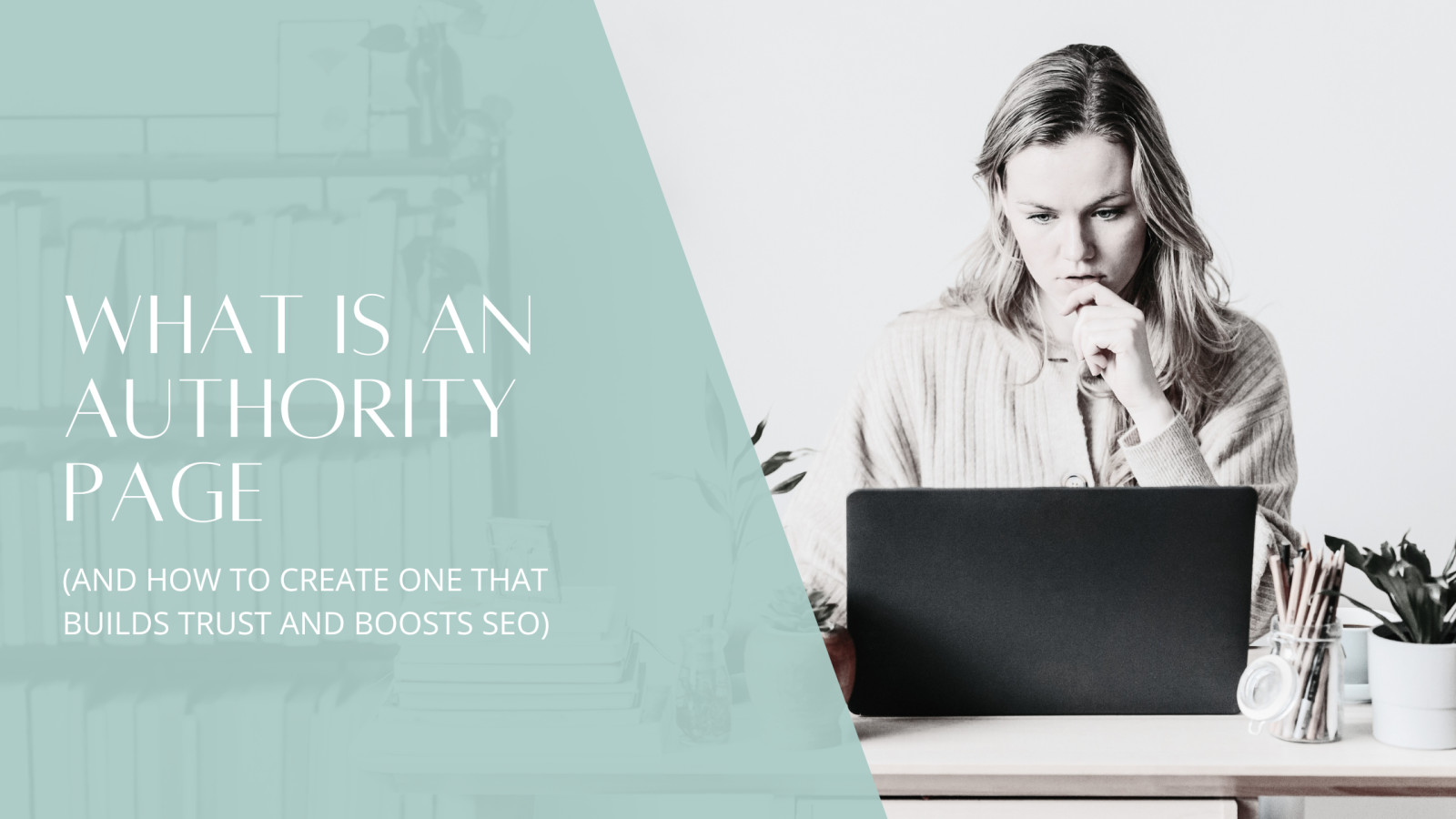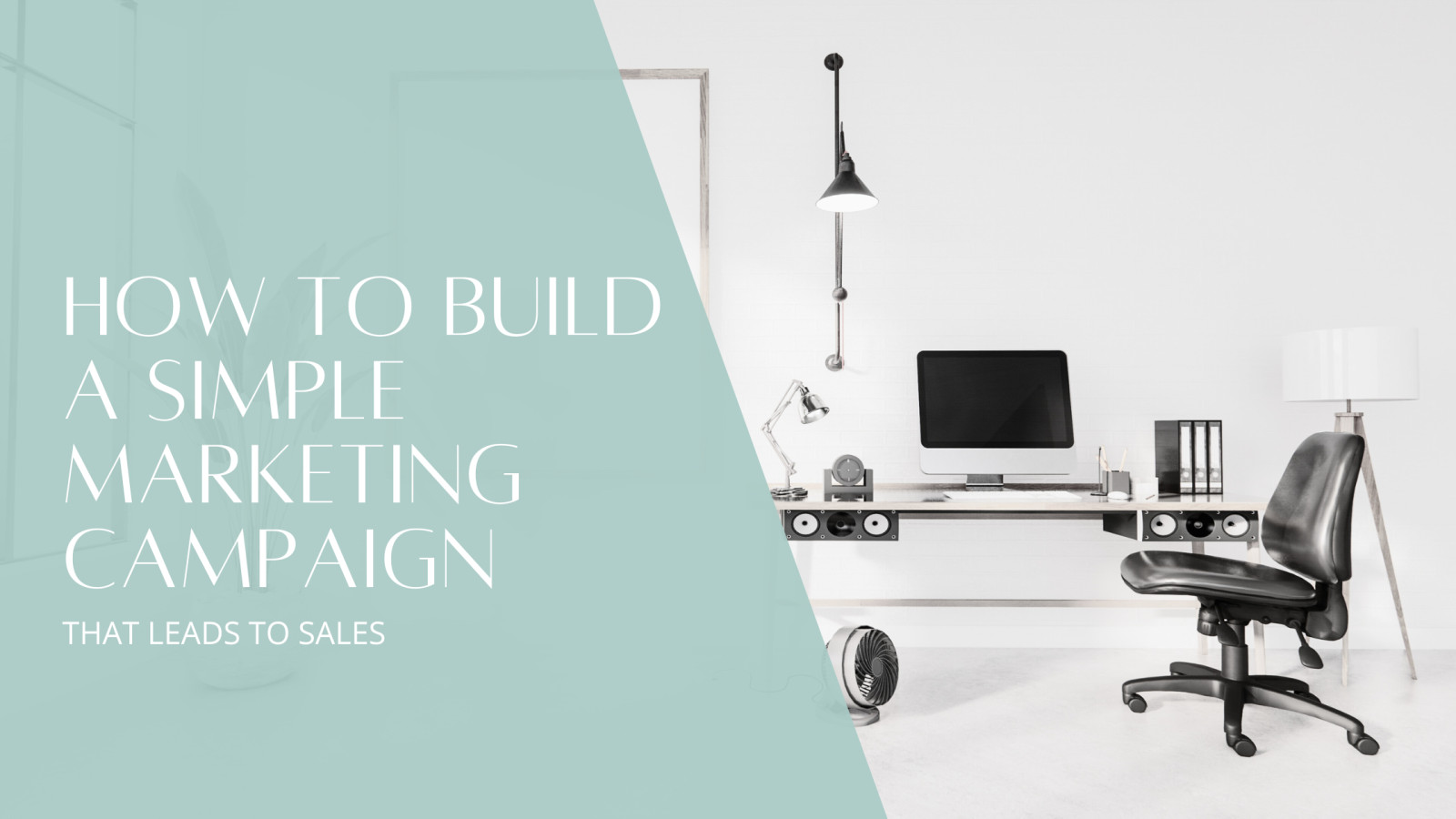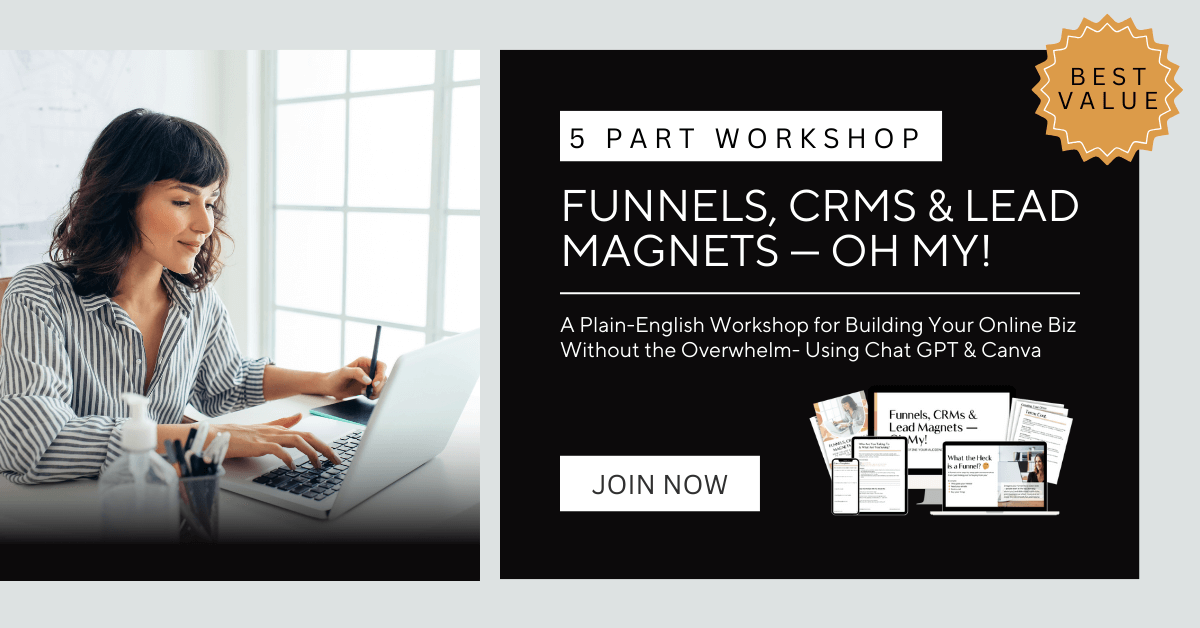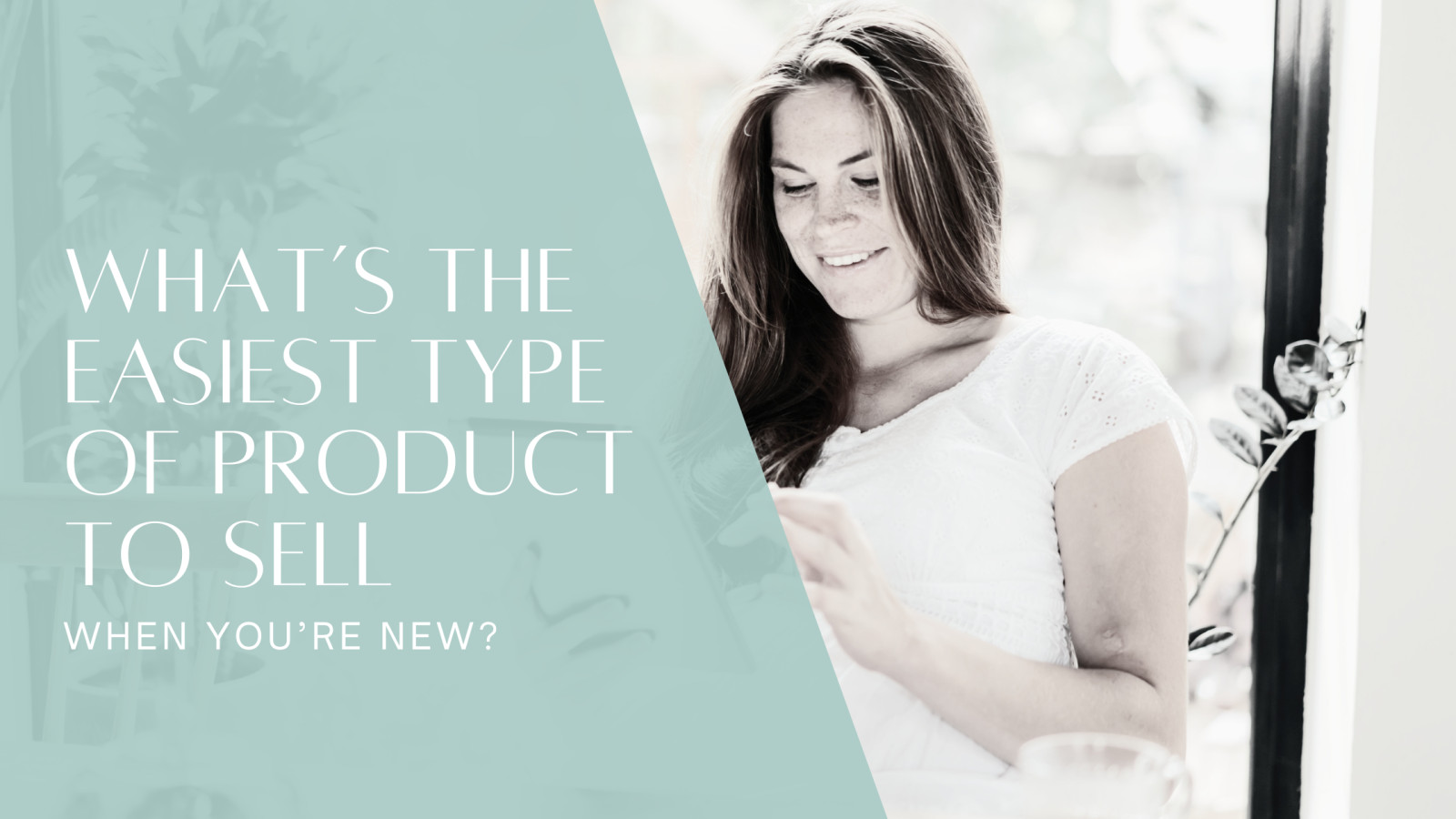
Starting a business can be overwhelming, but choosing the right product doesn't have to be. The best products for beginners are simple, solve specific problems, and are quick to create. Digital products, in particular, offer a straightforward path to success as they bypass inventory and shipping concerns.
Digital products such as checklists, templates, mini-courses, and workbooks are ideal starting points. These products are easier to produce using tools like Canva or Google Docs and have the advantage of being deliverable online. They offer instant value to customers and allow creators to sell the same product to multiple buyers, making them a cost-effective choice.
When deciding what product to create, consider your skills and passions, the audience you aim to serve, and how you can offer quick wins to potential customers. Avoid complicated projects and focus on helping someone with a single, tangible solution. As you start small, remember that your initial offerings can reveal valuable insights into what your audience desires, paving the way for business growth.
Read more...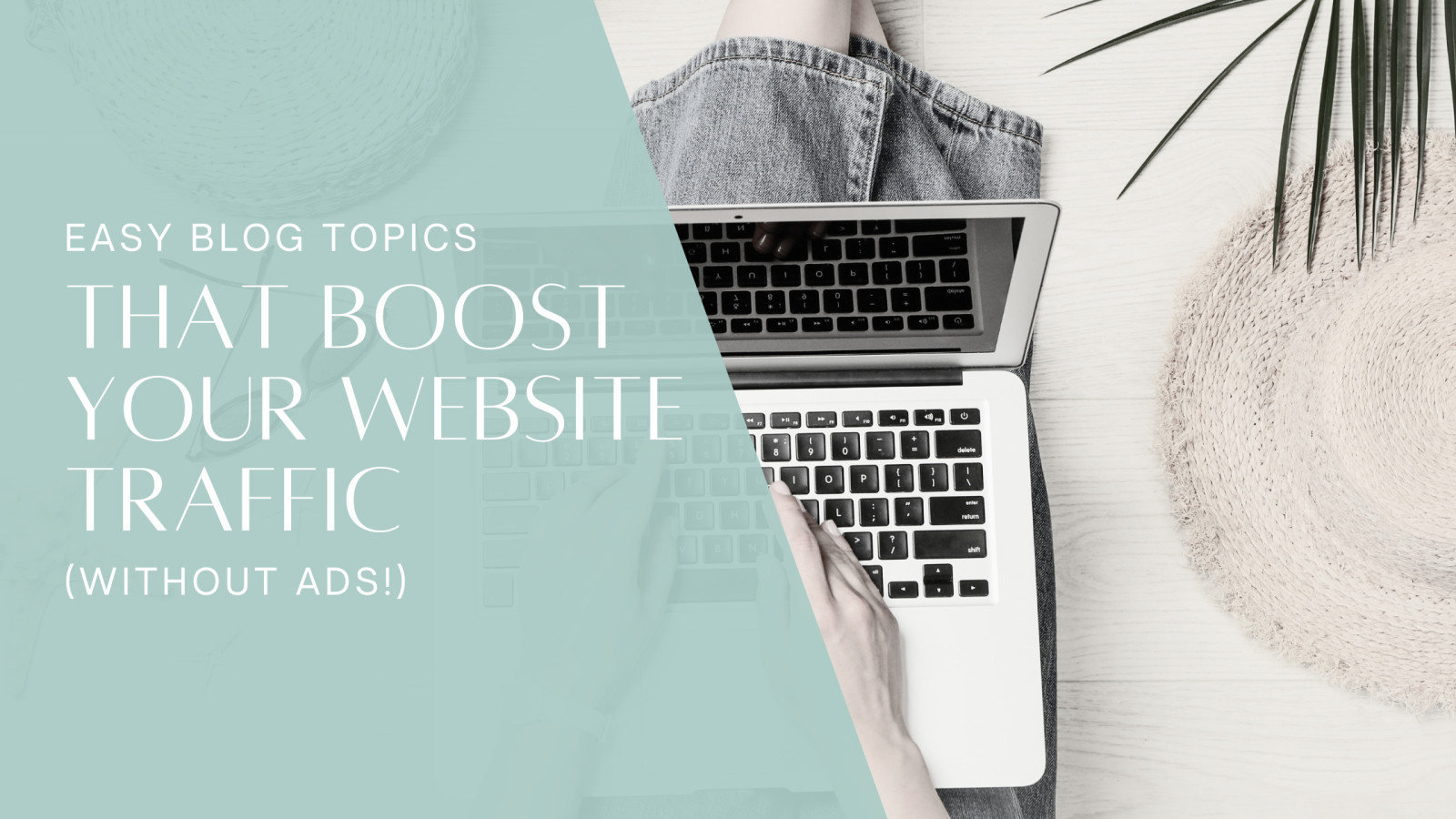
Getting your website noticed doesn't require spending money on ads or having expert blogging skills. The key is creating the right kind of content—blog posts that address common questions potential clients might have, which helps increase your visibility on search engines like Google. More posts equate to more opportunities for your website to be discovered, bringing traffic your way organically and continuously.
Successful blog content includes various types such as answering frequently asked questions, providing step-by-step how-to guides, crafting list posts, and sharing personal stories and lessons learned. When writing, keep your language simple and relatable, as if you're having a conversation with a friend. Add value through practical, easy-to-follow advice and ensure your posts are organized for easy reading.
Moreover, educational posts that naturally lead to your products or services can effectively convert readers into customers by gently guiding them toward your offerings. Make sure to end each blog with a clear call-to-action, encouraging readers to engage further with your business. Armed with these strategies, you can build website traffic and connect with your audience without needing to spend on advertising.
Read more...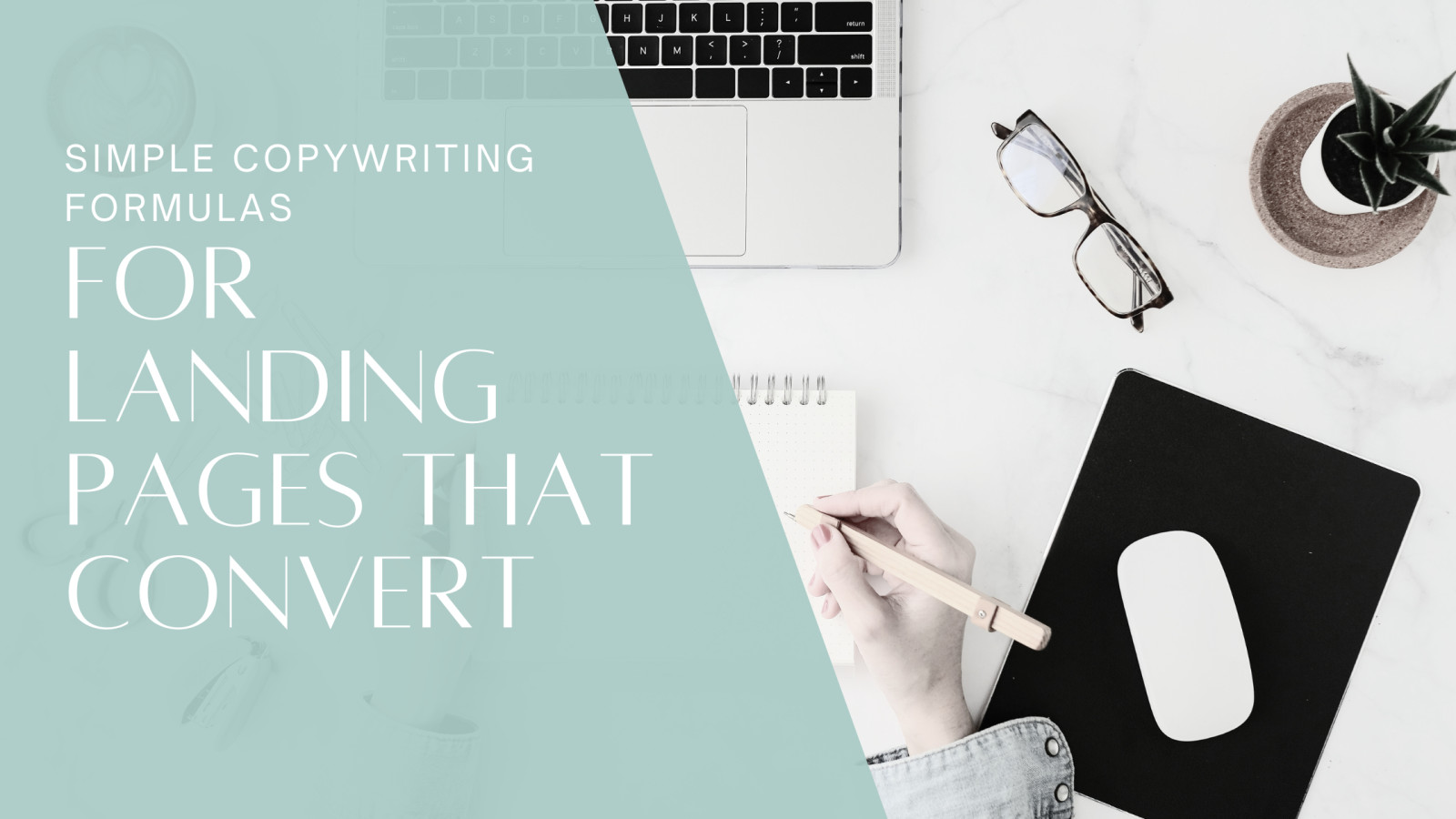
Creating effective landing pages doesn't require being an expert writer or sounding overly sales-focused. The essential elements are a clear message and a structured approach to convey it. This blog post introduces simple yet powerful copywriting formulas for crafting persuasive landing pages that facilitate action, catered for both newcomers and seasoned marketers alike.
Landing pages act like a sign guiding potential customers—clearly defining the offer, its relevance, and the next steps for engagement, similar to a straightforward lemonade stand sign. The article highlights three popular frameworks: PAS (Problem, Agitation, Solution), AIDA (Attention, Interest, Desire, Action), and FAB (Features, Advantages, Benefits), all aimed at structuring your message to resonate with and motivate your audience effectively.
By selecting one of these formulas, adopting a conversational tone, and incorporating direct calls to action, anyone can construct compelling landing pages. These strategies, combined with online tools for ease of building and launching, provide a roadmap for transforming ideas into impactful digital presences without the necessity of mastering technical skills. Emphasizing clarity and customer connection, the post reassures that with these foundational tips, creating a successful landing page is within reach.
Read more...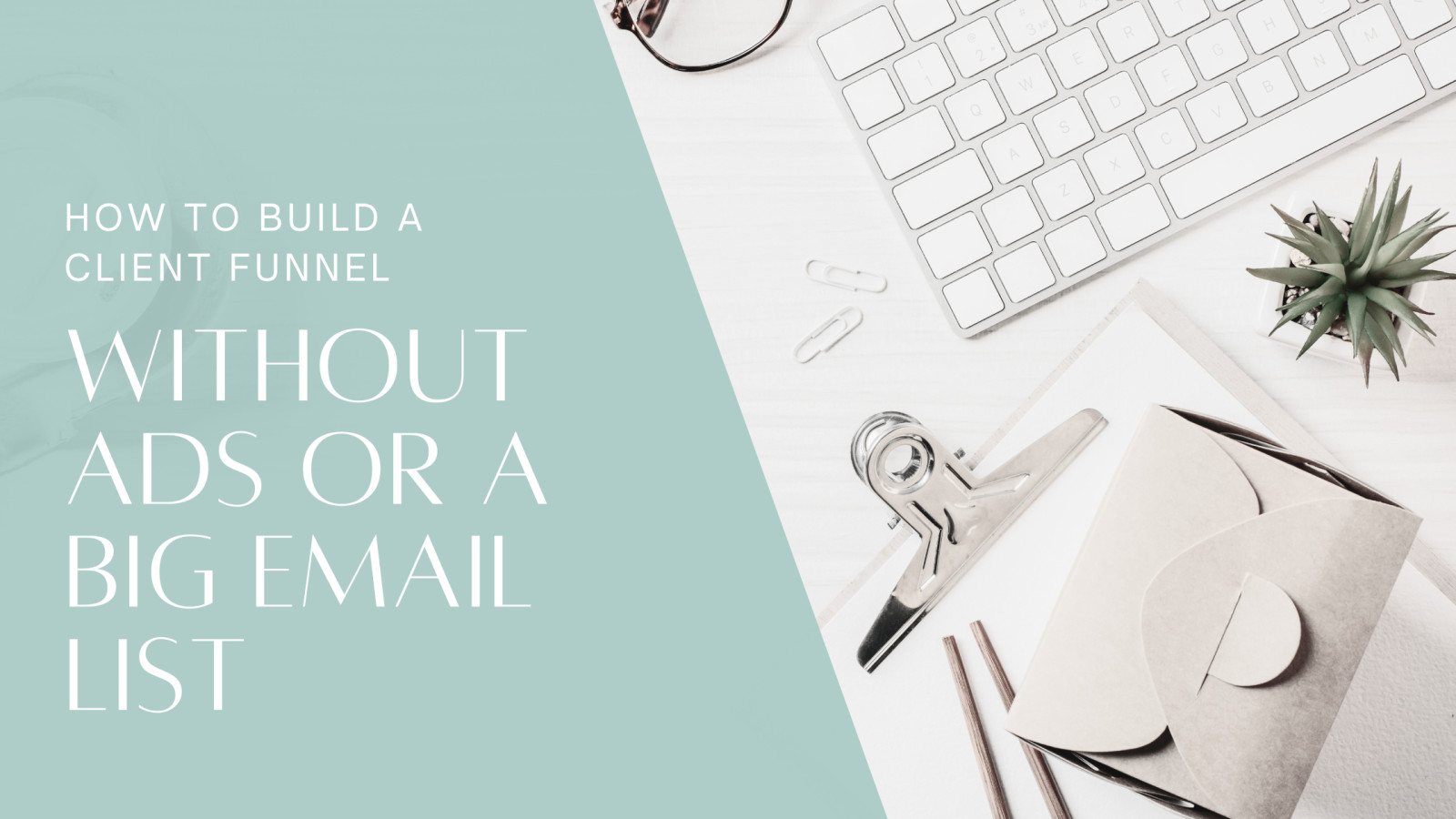
Creating an effective client-getting funnel doesn't have to be complex or require a large ad budget. This blog post outlines how to construct a straightforward funnel without needing a big audience or spending on ads. It emphasizes the importance of establishing a step-by-step path that guides potential customers from first discovery to becoming paying clients by building trust through consistent, valuable interactions.
The process kicks off with creating an enticing freebie, like a guide or checklist, that addresses a specific problem your target audience faces. Once someone downloads your freebie, it's crucial to engage them with a series of value-packed emails that tell your story, demonstrate understanding of their struggles, and introduce your paid offers. Consistency and visibility are key—you should share your freebie across multiple platforms, like social media and email signatures, to draw people into your funnel.
Finally, ensure that you have a clear, enticing offer for when they're ready to take the next step, whether it's a free call, a mini-course, or a program. By tracking what works and making adjustments, you can refine your funnel over time. Remember, the size of your audience doesn't define your success; caring, consistency, and a simple, effective system are what truly drive results.
Read more...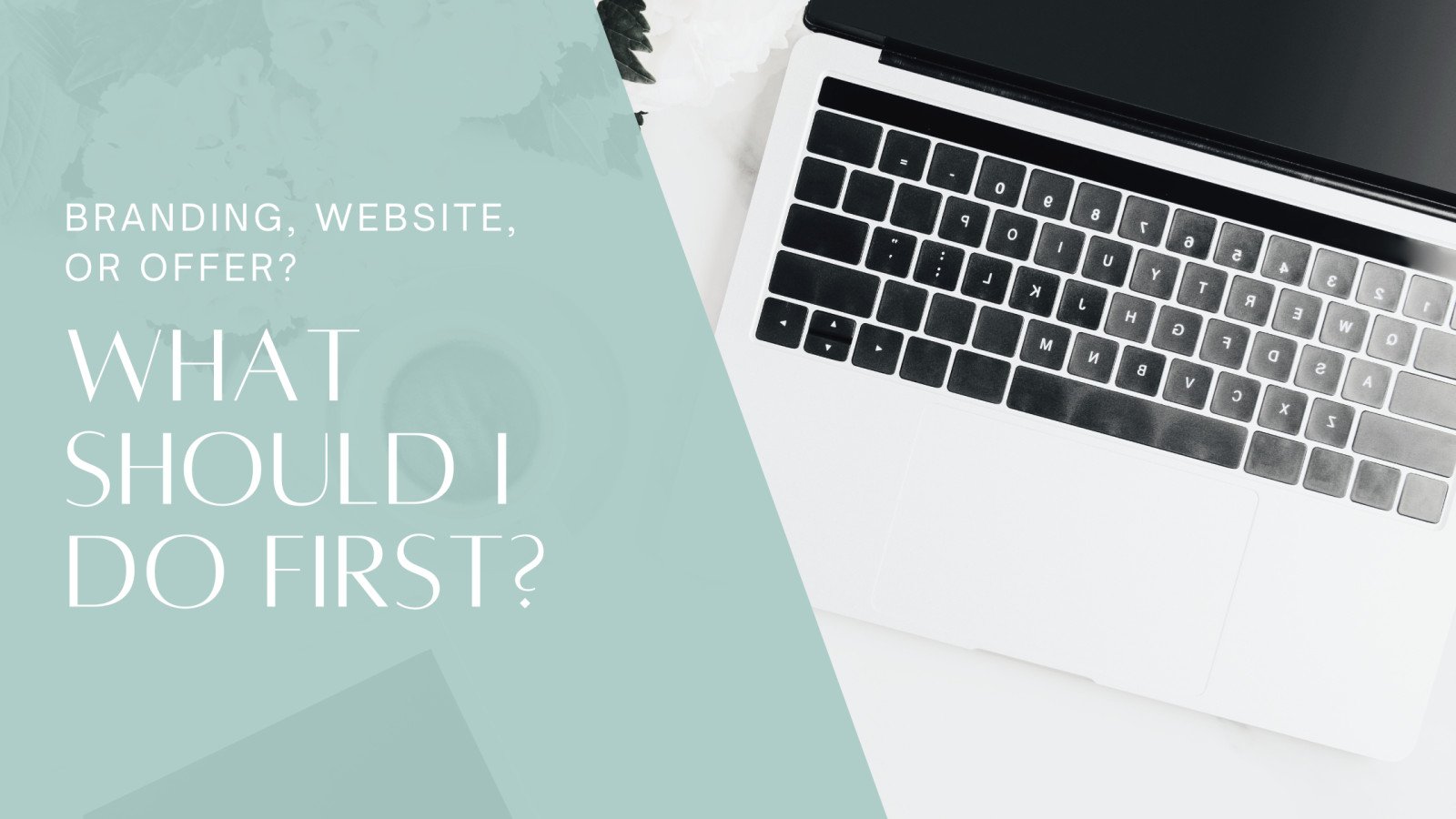
Starting a business can be overwhelming, but with a strategic roadmap, you can make the process more manageable and effective. Begin by defining your brand, not just through visual elements like logos, but by clarifying your message, mission, and the audience you aim to help. Understanding who your audience is and the problems they face is crucial to building a strong foundation for all your future business activities.
Once your brand is clear, focus on creating a lead magnet to address an immediate need of your audience. This freebie could be a cheat sheet, a checklist, or a short guide, and it serves to build your email list, attract the right people, and establish trust by providing real value. It's essential to offer something genuinely helpful without overcomplicating it, using this as a means to start a relationship with potential customers.
Next, construct a simple homepage that conveys who you help, shares your lead magnet, and encourages visitors to engage further. Keep it straightforward, clear, and directed towards one action, such as downloading a freebie or booking a call. Once you have a small but engaged audience, develop a paid offer that aligns with their needs and fits your expertise, whether it's a service, coaching, or a digital product. By following this strategic approach, you’ll be creating a business that is intentional, relationship-driven, and positioned for growth.
Read more...